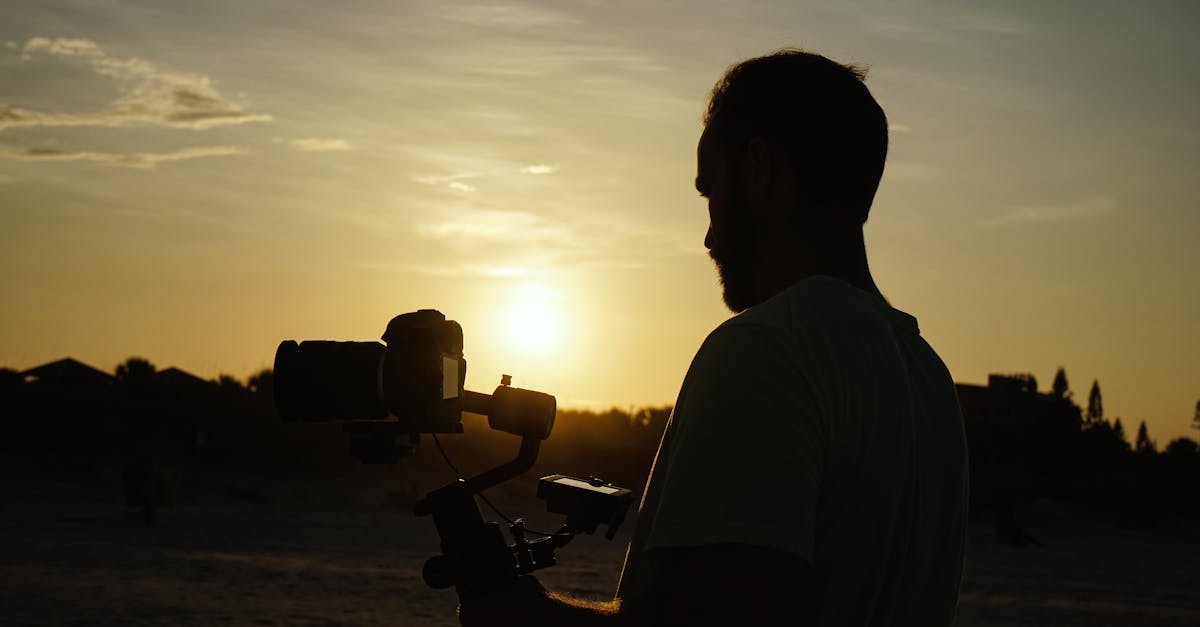Published on:
8 min read
Mastering the Art of Cinematography: Techniques to Elevate Your Visual Storytelling
Cinematography is the backbone of visual storytelling, influencing the emotion and narrative of a film. By mastering key techniques, filmmakers can enhance their storytelling prowess and captivate audiences in unforgettable ways.

Understanding the Fundamentals of Cinematography
Cinematography is more than just capturing images; it’s about creating a visual language that communicates the film's story. Understanding the fundamental principles, such as composition, framing, and lighting, is vital. Composition defines how elements are organized within the frame, and effective framing helps to draw the audience’s eye to what’s important. Lighting is equally essential, as it influences the mood and atmosphere. Using natural and artificial light sources creatively can dramatically change how a scene feels, allowing for greater emotional depth. Mastering these fundamentals provides the foundation upon which great cinematography is built.
The Power of Camera Movement
Camera movement can significantly impact storytelling, as it can evoke emotion and enhance the narrative flow. Techniques like panning, tilting, and tracking can facilitate seamless transitions between scenes, while more dynamic movements like dolly shots and crane shots can create excitement and intensity. Understanding when to use each type of movement is crucial for maintaining audience engagement. For instance, a slow zoom-in can create suspense, whereas quick cuts between angles can generate adrenaline. Moreover, using stabilization technology can assist in achieving smooth movements that don't distract from the story being told.
Color Grading: Crafting the Visual Tone
Color grading plays a pivotal role in cinematography by establishing the mood and tone of a film. Different color palettes can evoke diverse emotions—warm tones might suggest comfort and intimacy, while cool tones might invoke a sense of detachment or coldness. By strategically planning the color scheme before shooting and then enhancing it in post-production, cinematographers can create visually striking images that resonate with the audience. Understanding color theory and how colors interact allows for greater creativity in expressing themes. Many modern films utilize color grading not only to enhance visuals but also to reinforce the narrative.
Conclusion: Elevate Your Storytelling Through Cinematography
Mastering the art of cinematography requires a combination of technical knowledge and a keen sense of storytelling. By understanding the fundamentals, harnessing the power of camera movement, and utilizing color grading effectively, filmmakers can significantly elevate their storytelling. As you continue to explore these techniques, remember that great cinematography is about more than just what the camera captures; it's about evoking an emotional response from your audience that leaves a lasting impact.
Published on .
Share now!










